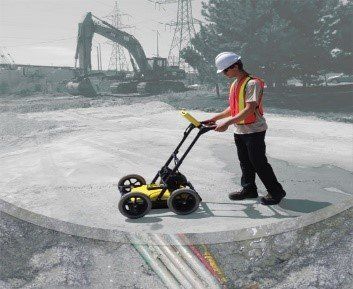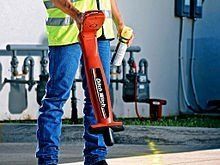Call Us Now: 010 054 5896
082 788 9475

24/7
Service in YOUR Area
UTILITY LOCATION
Utility Location
Utility Location
Utility location is the process of identifying and labelling public utility mains that are underground. These mains may include lines for telecommunication, electricity distribution, natural gas, cable television, fiber optics, traffic lights, street lights, storm drains, water mains, and wastewater pipes. In some locations, major oil and gas pipelines, national defence communication lines, mass transit, rail and road tunnels also compete for space underground.
Public utility systems are often run underground; some by the very nature of their function, others for convenience or aesthetics. Before digging, local governments often require that the underground systems' locations be denoted and approved, if it is to be in the public right-of-way.
Because of the many different types of materials that go into manufacturing each of the different types of underground lines, different detection and location methods must be used. For metal pipes and cables, this is often done with electromagnetic equipment consisting of a transmitter and a receiver. For other types of pipe, such as plastic or concrete, other types of radiolocation or modern ground-penetrating radar must be used. Location by these technical means is necessary because maps often lack the pinpoint precision needed to ensure proper clearance. In older cities, it is especially a problem since maps may be very inaccurate, or may be missing entirely.
A few utilities are permanently marked with short posts or bollards, mainly for lines carrying petroleum products. This may be done because of venting requirements, and also serves to indicate the location of underground facilities that are especially hazardous if disturbed.


Ground penetrating radar being used on site to locate non-metallic utilities such as plastic or concrete pipes and fiber optic cables.
Pipe and Cable locater being used on site to locate metallic utilities such as electrical cables and water pipes.
Our Plumbing Certifications
PIRB (Plumbing Industry Registration Board)
IOPSA (Institute of Plumbing South Africa)
All material used are SANS/SABS approved.







